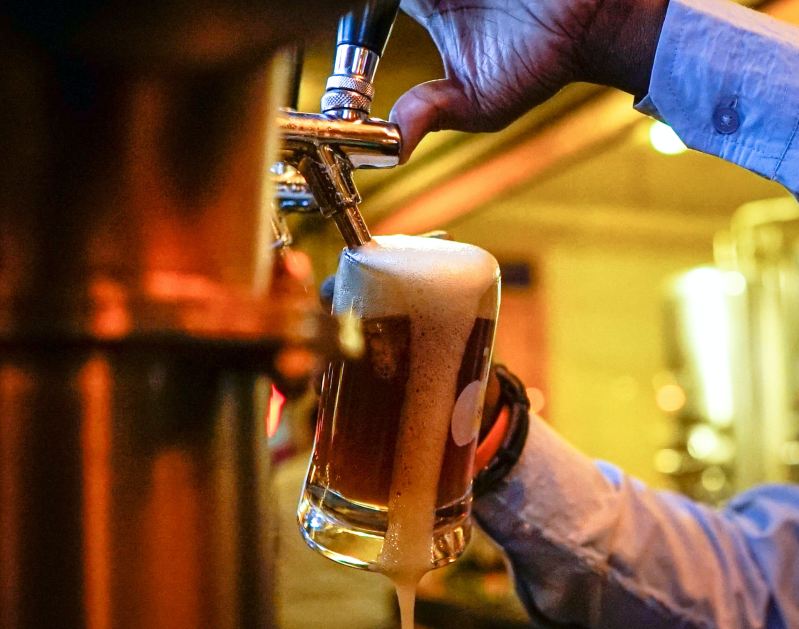
Enjoy that IPA or pilsner while you still can because, thanks to climate change, it might taste a little different (or not be available at all) in the future. That’s because, according to a new study, there’s a steady decline in the quantity of European hops being grown. For those unaware, hops are what give your favorite beer its floral, bitter flavor profile. Without them, beer would be a barley-centric, mostly flavorless mess.
That’s right; climate change is affecting more than just the polar ice caps, droughts, storms, and rising sea levels. It’s going to affect how your beer tastes, and it might soon affect how much it costs.
Why is climate change to blame, you might ask? Well, thanks to longer and much drier summers in recent years, European farmers are finding themselves with much smaller hop yields than ever before. Less hops grown means fewer hops available to brew your favorite beer. A study from the Czech Academy of Sciences and Cambridge University says the continuing dry conditions will continue to lead to fewer hops being grown, higher hop prices, and higher beer prices.
The study specifically looked into how the average yield of aroma hops changed between 1971 and 1994 and 1995 to 2018. It found that in the major hop-growing areas of Europe, the output has dropped by more than 20% in that time.
Not only that, but the study found that on top of there being fewer hops grown, the crops also have significantly reduced alpha bitter acids due to the scorching and dry weather. This means that even if your favorite brewery can get hops, they might craft a beer using the same recipe as always, with less bitterness and flavor at the finish than before.
What to expect from the impending hops shortage
As you may or may not know, to make beer, you need four simple ingredients: water, yeast, malt (usually barley, corn, rice, or another grain), and, of course, hops. Not only are hops necessary to add floral, citrus, resinous pine, bitterness, and other notes to your beer, but they also keep the beer fresh for a longer period and even help to create a fluffy and memorable foamy head. Remove the hops, and instead of beer, you will have a sweet and grainy disaster.
On top of everything, the craft beer boom in the U.S. (there are currently over 9,000 breweries operating in the U.S. alone) and Europe means that there are quite a few brewers in need of high-quality, aromatic, flavorful hops. That means there are even fewer hops to go around and more breweries in history looking for them.
According to the study, European hop production is expected to drop another 4-18% by 2050. So, you better remember how great your favorite hazy IPA tastes today because not only will it taste different in the future, but it will probably be more expensive. That is unless growers can begin to adapt to the longer summers and hotter, drier weather soon. Fingers crossed that they do.
Editors' Recommendations
- 3 batch drink recipes perfect for the holidays: Moscow mule, martini, and good ol’ spiked punch
- 10 amazing gifts for the wine enthusiast in your life
- The best Christmas beers to drink this holiday season
- Stout vs. porter: The real differences between the beers
- The best imperial stout beer to drink this winter




